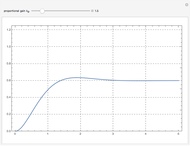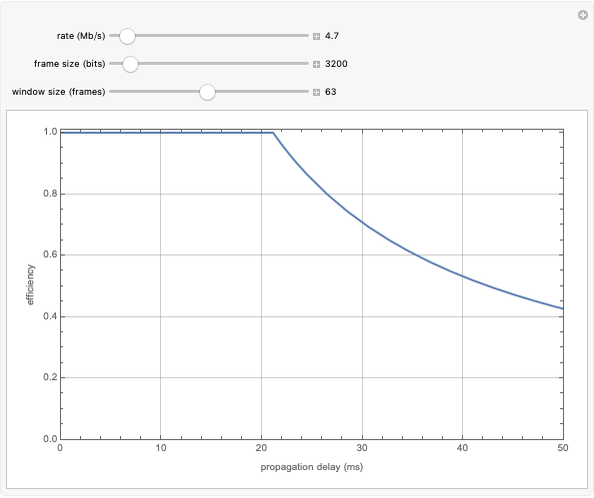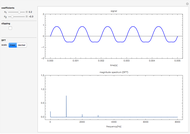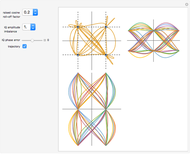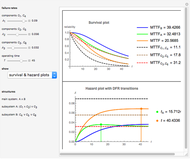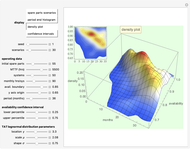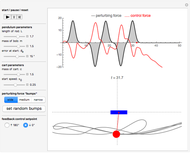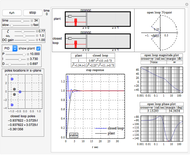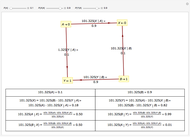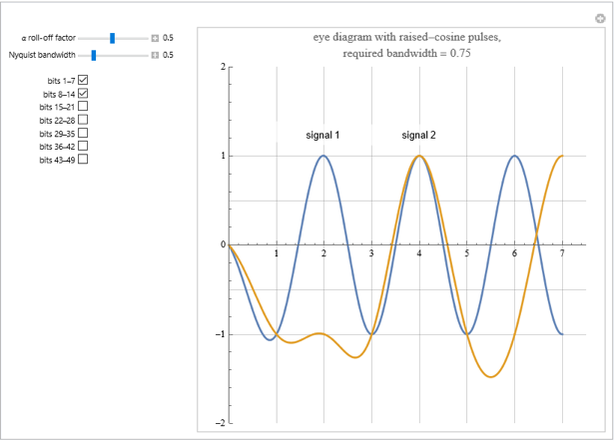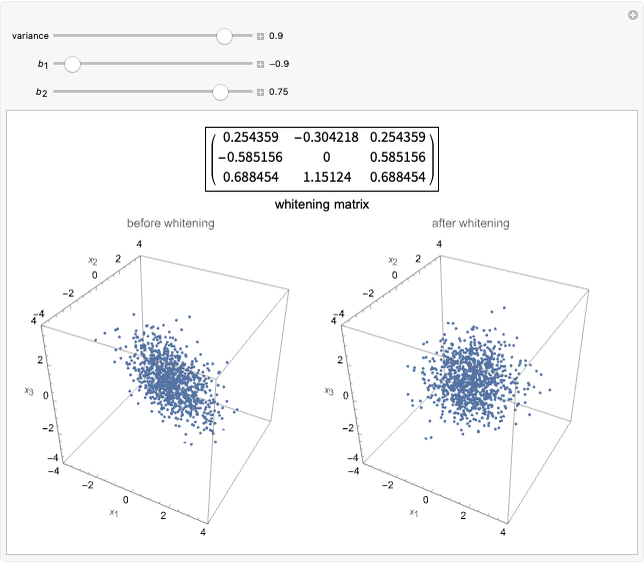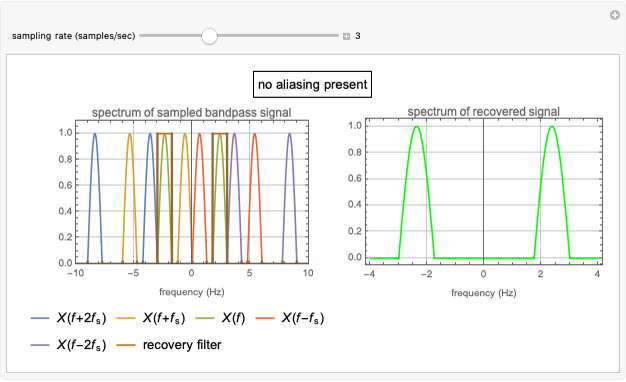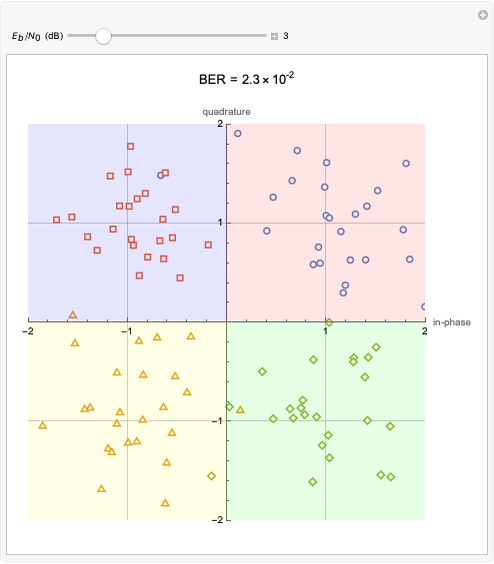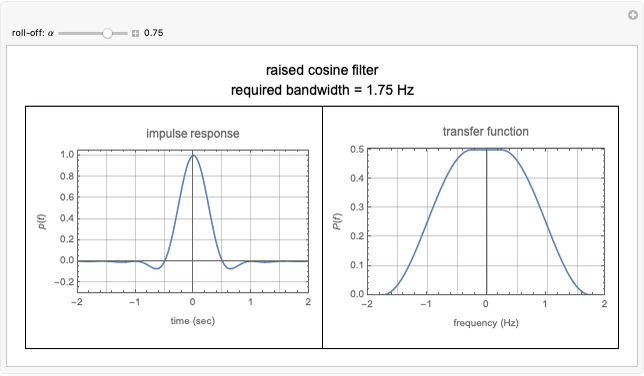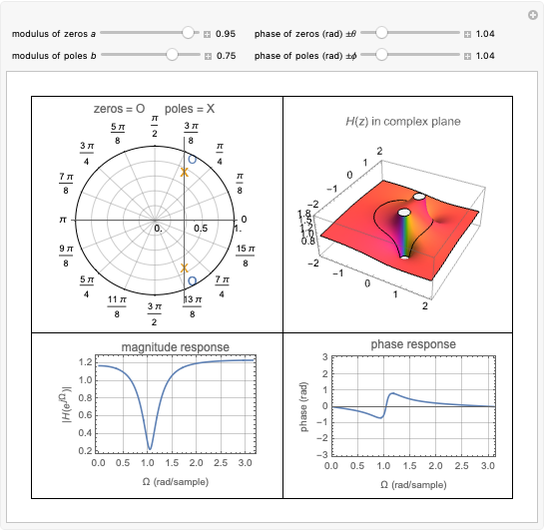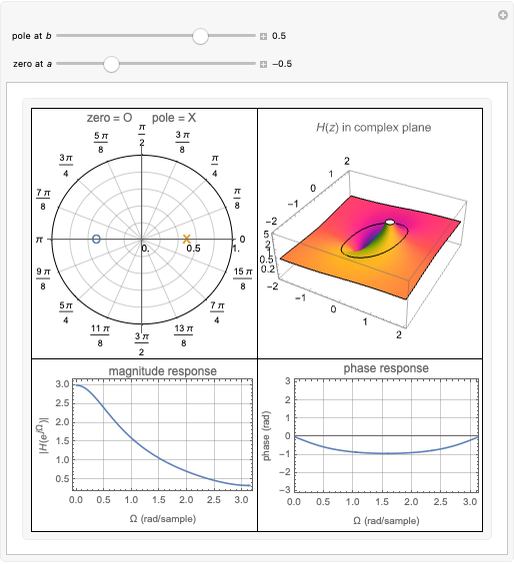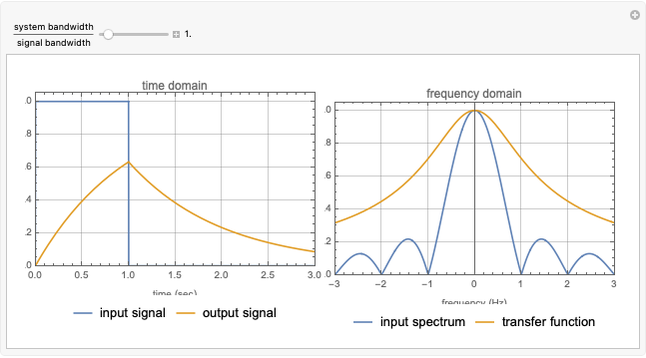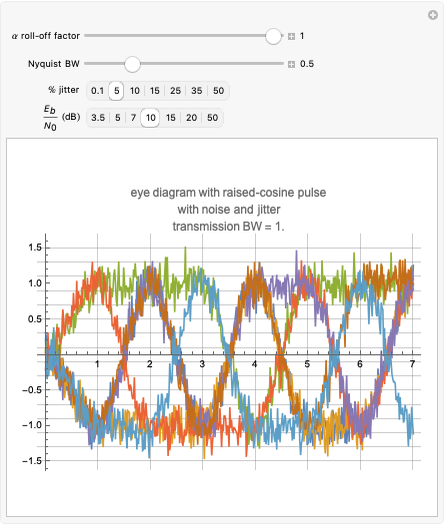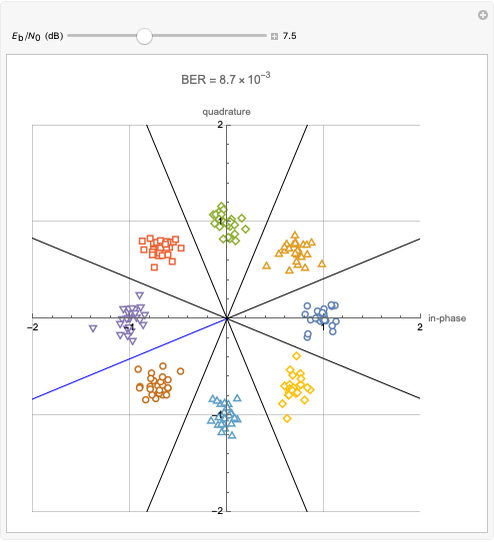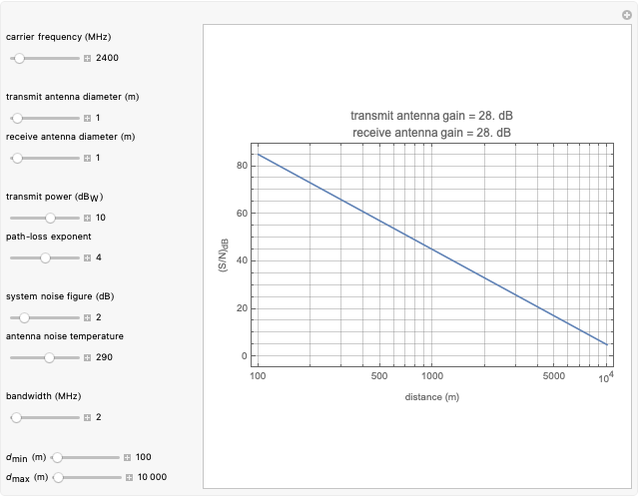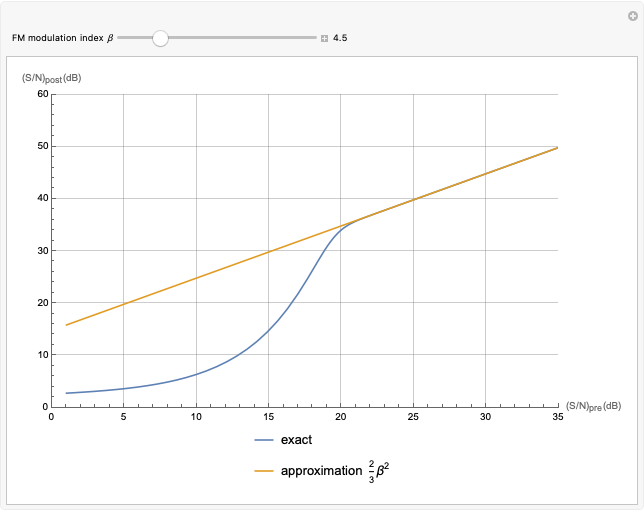Link Budget for Communication Systems

Requires a Wolfram Notebook System
Interact on desktop, mobile and cloud with the free Wolfram Player or other Wolfram Language products.
Propagation loss, multipath and noise are factors that can prevent ideal communication between a source and destination. To mitigate these challenges, communication systems employ various techniques and hardware components, including directional antennas, transmitter power, low noise amplifiers and filters. A crucial tool for assessing system performance in relation to these parameters is the link budget, which shows the relationship between system characteristics and the pre-detection signal-to-noise ratio (S/N). By employing a link budget, system designers can make informed decisions and determine tradeoffs to achieve a desired S/N ratio.
[more]
Contributed by: Victor S. Frost (August 25)
Open content licensed under CC BY-NC-SA
Details
The following parameter definitions and relationships are used:
 is the carrier frequency (Hz)
is the carrier frequency (Hz)
 is the transmitter power (W)
is the transmitter power (W)
 is the wavelength with
is the wavelength with  m/s
m/s
 is the path loss equal to
is the path loss equal to  with distance
with distance  and path loss exponent
and path loss exponent  (dB)
(dB)
 is the antenna gain
is the antenna gain  with parabolic antenna diameter
with parabolic antenna diameter  (
( is the transmitter and
is the transmitter and  is the receiver)
is the receiver)
 K
K
 is the antenna temperature (K)
is the antenna temperature (K)
 is Boltzmann's constant
is Boltzmann's constant 
 is the bandwidth (Hz)
is the bandwidth (Hz)
 is the receiver noise figure
is the receiver noise figure
 .
.
References
[1] S. Haykin and M. Moher, Introduction to Analog and Digital Communications, 2nd ed., Hoboken, NJ: Wiley, 2007.
[2] L. W. Couch, Digital and Analog Communications Systems, 7th ed., Upper Saddle River, NJ: Pearson/Prentice Hall, 2007.
[3] V. S. Frost. "Introduction to Communication Systems: An Interactive Approach Using the Wolfram Language." University of Kansas Libraries. (Jul 5, 2023) kuscholarworks.ku.edu/bitstream/handle/1808/31779/Introduction-to-Communication-Systems-Deployed-V3.cdf?sequence=5&isAllowed=y.
Snapshots
Permanent Citation








